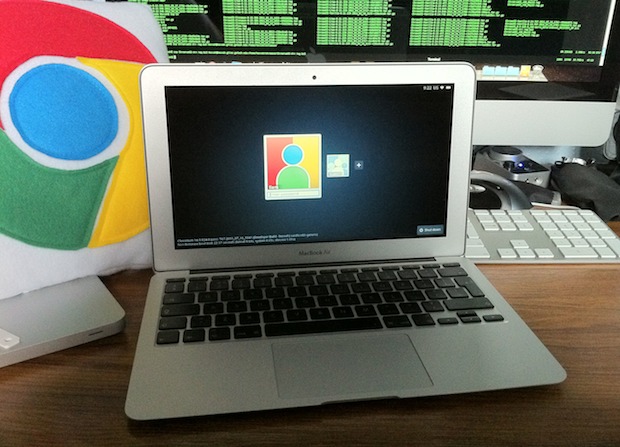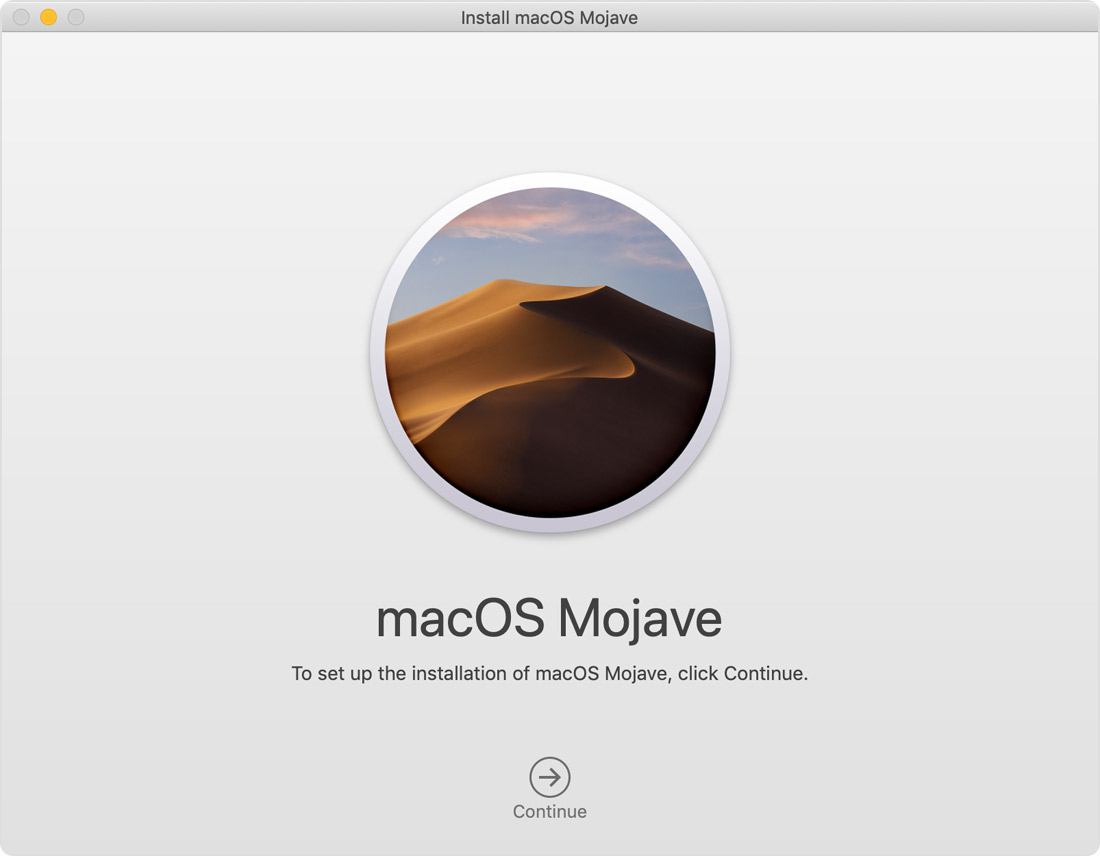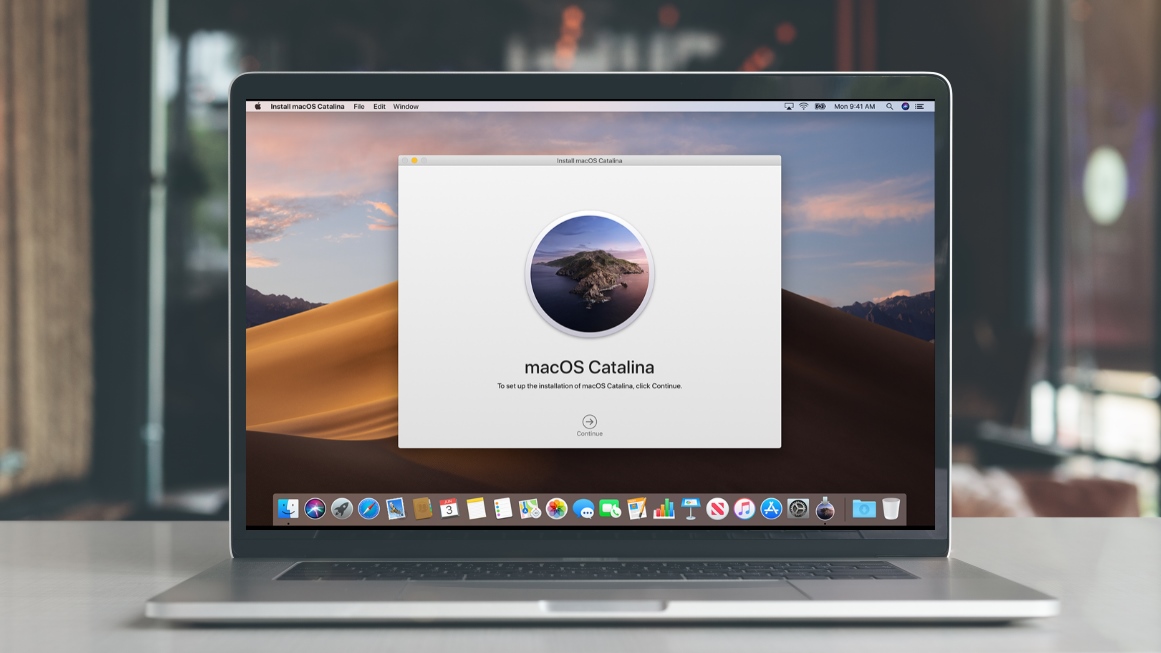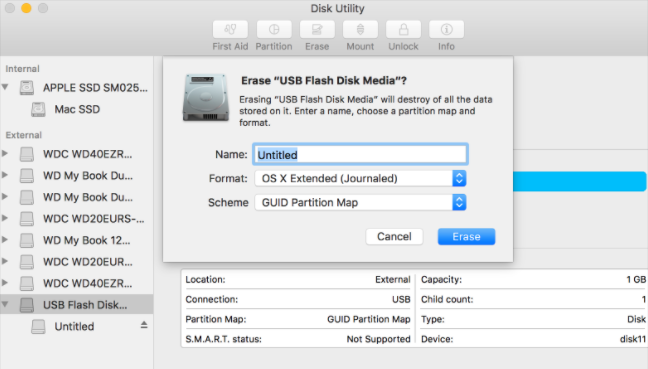Install fonts
Jan 15, 2019. Nov 08, 2019.
Double-click the font in the Finder, then click Install Font in the font preview window that opens. After your Mac validates the font and opens the Font Book app, the font is installed and available for use.
You can use Font Book preferences to set the default install location, which determines whether the fonts you add are available to other user accounts on your Mac.
Fonts that appear dimmed in Font Book are either disabled ('Off'), or are additional fonts available for download from Apple. To download the font, select it and choose Edit > Download.
Disable fonts
You can disable any font that isn't required by your Mac. Select the font in Font Book, then choose Edit > Disable. The font remains installed, but no longer appears in the font menus of your apps. Fonts that are disabled show ”Off” next to the font name in Font Book.
Macbook Air Os Versions
Remove fonts
You can remove any font that isn't required by your Mac. Select the font in Font Book, then choose File > Remove. Font Book moves the font to the Trash.
Learn more
macOS supports TrueType (.ttf), Variable TrueType (.ttf), TrueType Collection (.ttc), OpenType (.otf), and OpenType Collection (.ttc) fonts. macOS Mojave adds support for OpenType-SVG fonts.
Legacy suitcase TrueType fonts and PostScript Type 1 LWFN fonts might work but aren't recommended.
Reinstall from macOS Recovery
macOS Recovery makes it easy to reinstall the Mac operating system, even if you need to erase your startup disk first. All you need is a connection to the Internet. If a wireless network is available, you can choose it from the Wi-Fi menu , which is also available in macOS Recovery.
1. Start up from macOS Recovery
To start up from macOS Recovery, turn on your Mac and immediately press and hold one of the following sets of keys on your keyboard. Release the keys when you see an Apple logo, spinning globe or other startup screen.
Command (⌘)-R

Reinstall the latest macOS that was installed on your Mac (recommended).

Option-⌘-R
Upgrade to the latest macOS that is compatible with your Mac.
Shift-Option-⌘-R

Reinstall the macOS that came with your Mac, or the closest version that's still available.
You may be prompted to enter a password, such as a firmware password or the password of a user who is an administrator of this Mac. Enter the requested password to continue.
When you see the utilities window, that means you have started up from macOS Recovery.
2. Decide whether to erase (format) your disk
You probably don't need to erase your disk, unless you're selling, trading in or giving away your Mac, or you have an issue that requires you to erase it. If you need to erase it before installing macOS, select Disk Utility from the Utilities window, then click Continue. Find out more about when and how to erase your disk.
3. Install macOS
Macbook Air Os Download
When you're ready to reinstall macOS, choose Reinstall macOS from the Utilities window. Then click Continue and follow the on-screen instructions. You will be asked to choose a disk on which to install.
- If the installer asks to unlock your disk, enter the password you use to log in to your Mac.
- If the installer can't see your disk or notifies you that it can't install macOS on your computer or volume, you may need to erase your disk first.
- If the installer is for a different version of macOS than expected, find out about macOS Recovery exceptions.
- If the installer offers you the choice between installing on Macintosh HD or Macintosh HD – Data, choose Macintosh HD.
Please allow the installation to finish without putting your Mac to sleep or closing its lid. During the installation process, your Mac may restart and display a progress bar on the screen several times, and the screen may be blank for minutes at a time.
If your Mac restarts to a setup assistant, but you're selling, trading in or giving away your Mac, press Command-Q to quit the assistant without completing the setup process. Then click Shut Down. When the new owner starts up the Mac, they can use their own information to complete the setup process.
macOS Recovery exceptions
The version of macOS offered by macOS Recovery may vary in some cases:
- If macOS Sierra 10.12.4 or later has never been installed on this Mac, Option-Command-R installs the macOS that came with your Mac, or the closest version that's still available. And Shift-Option-Command-R isn't available.
- If you erased your entire disk instead of just the startup volume on that disk, macOS Recovery may only offer the macOS that came with your Mac, or the closest version that's still available. You can upgrade to a later version afterwards.
- If your Mac has the Apple T2 Security Chip and you've never installed a macOS update, Option-Command-R installs the latest macOS that was installed on your Mac.
- If you've just had your Mac logic board replaced during a repair, macOS Recovery may only offer the latest macOS that is compatible with your Mac.
If you can't get macOS Recovery to offer the installer you want, you may be able to use one of the other ways to install macOS.
Other ways to install macOS

- You can also install macOS from the App Store or Software Update preferences. If you can't install macOS Catalina, you may be able to install an earlier macOS, such as macOS Mojave, High Sierra, Sierra, El Capitan or Yosemite.
- Or, create a bootable installer disk and then use that disk to install macOS on your Mac or another Mac.

